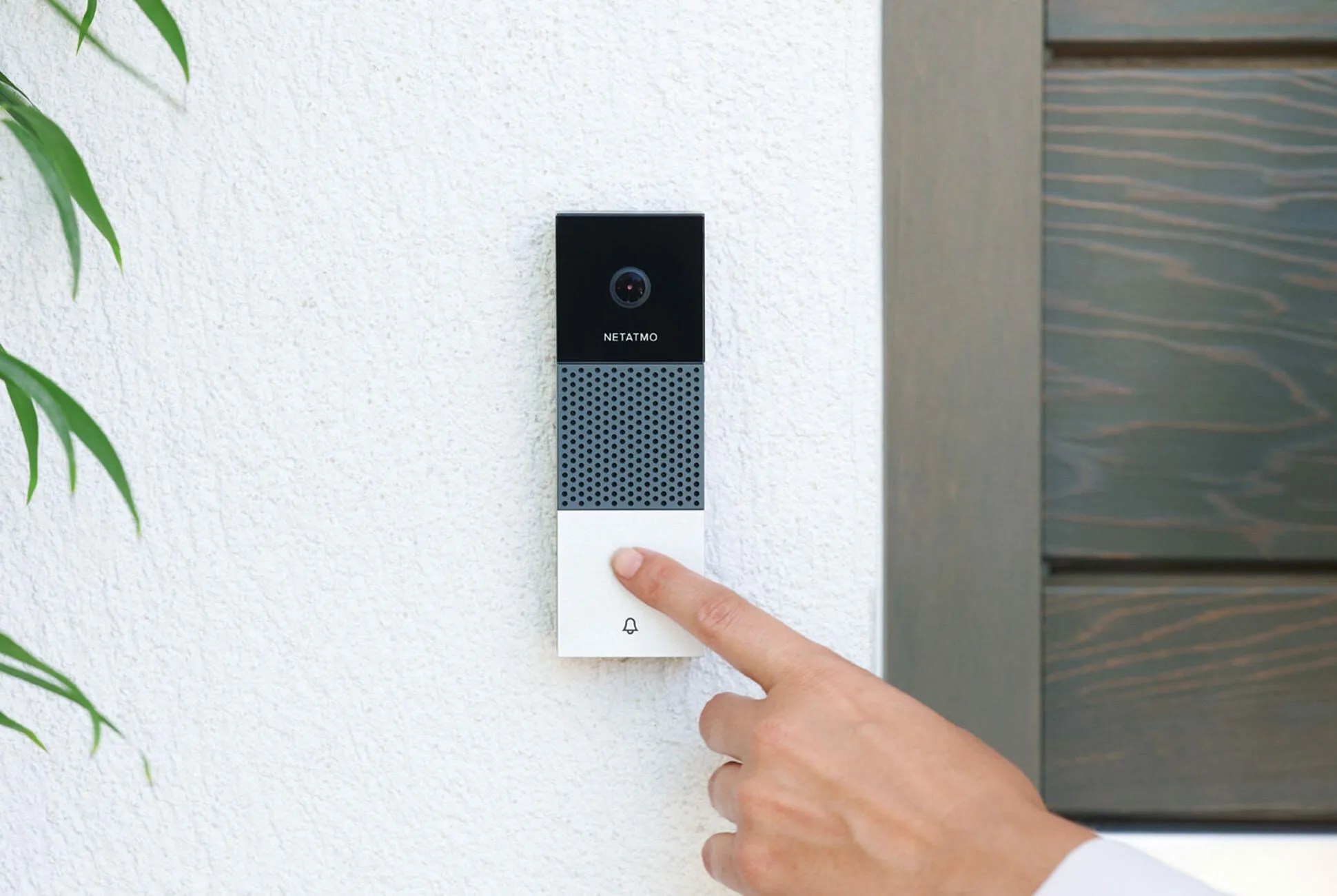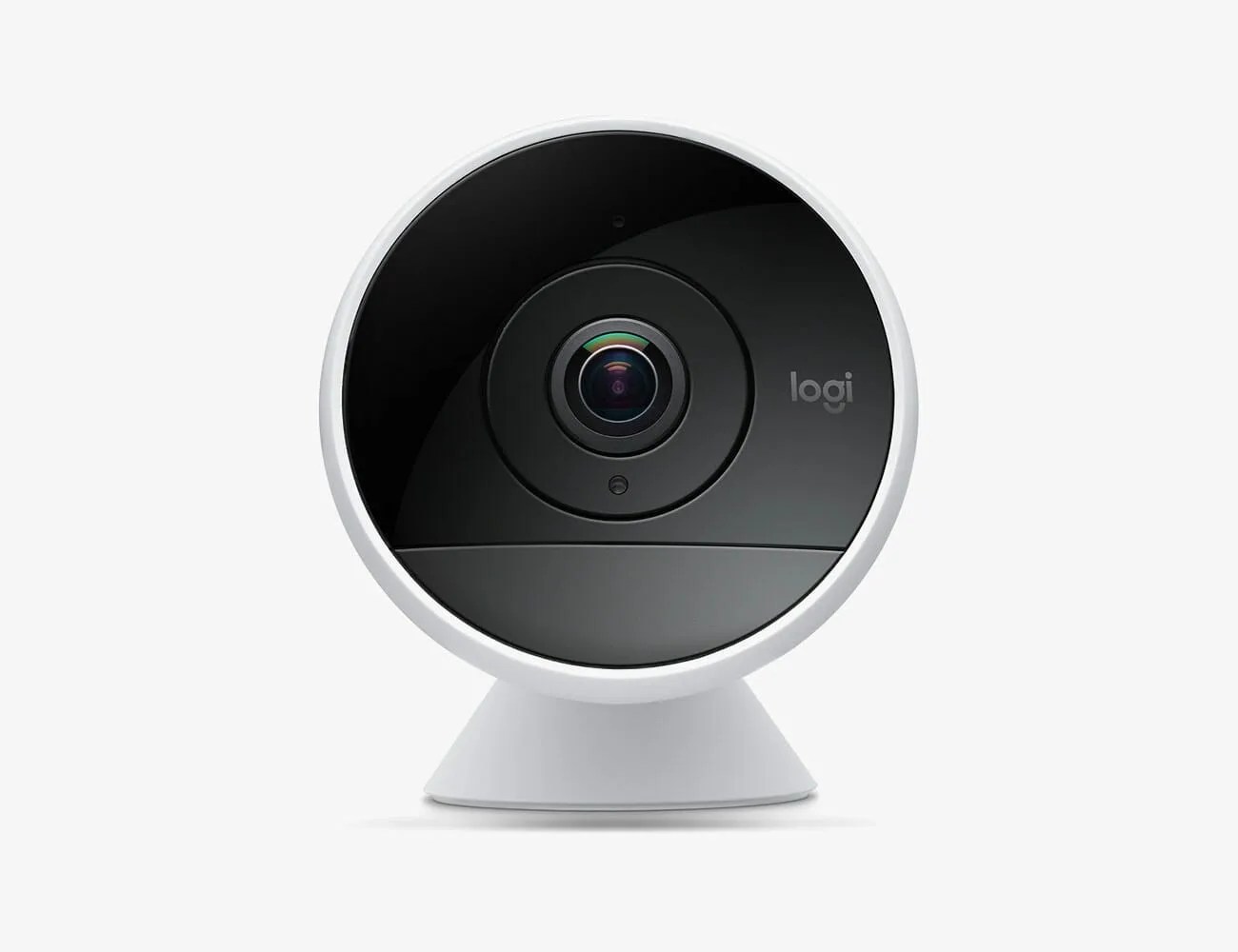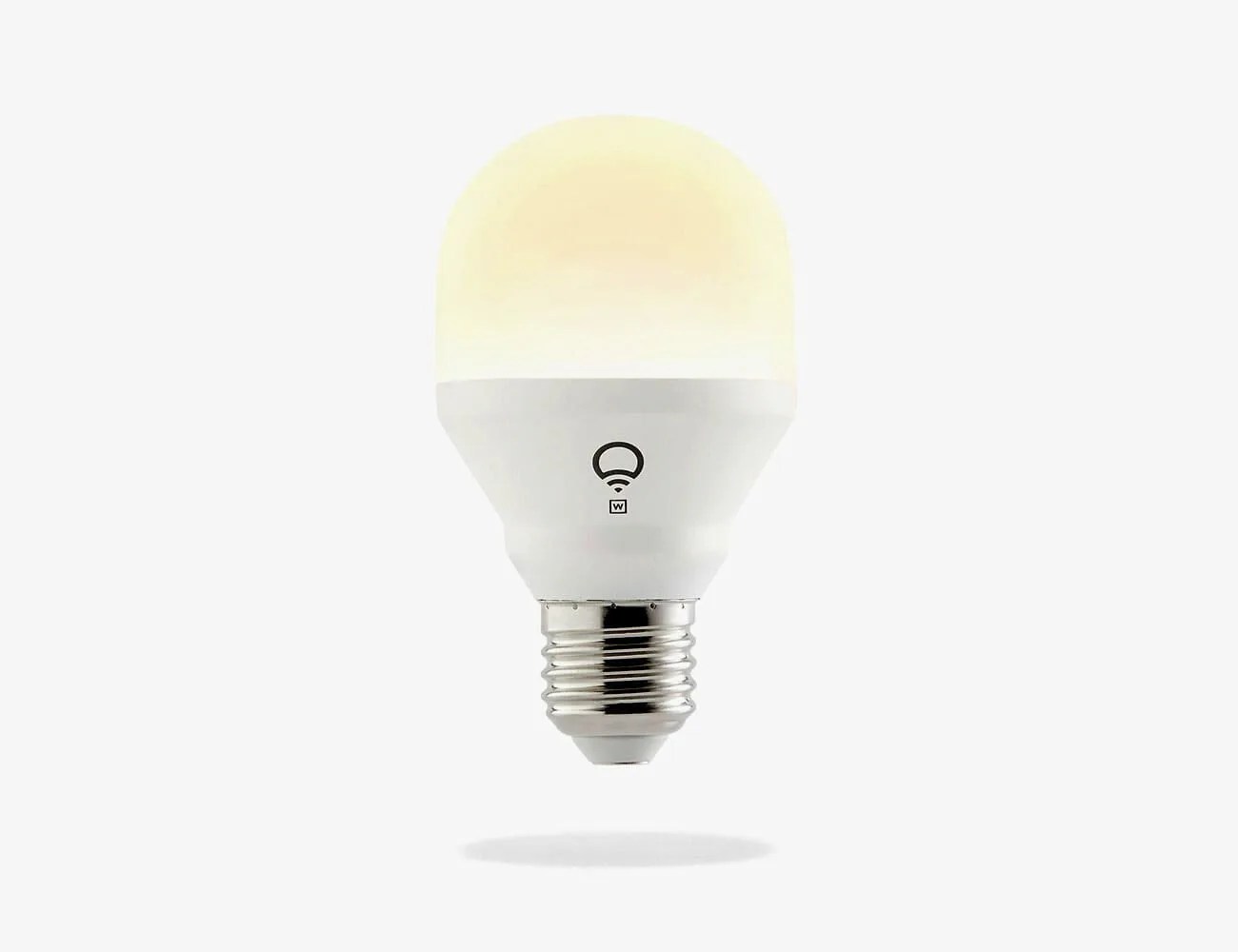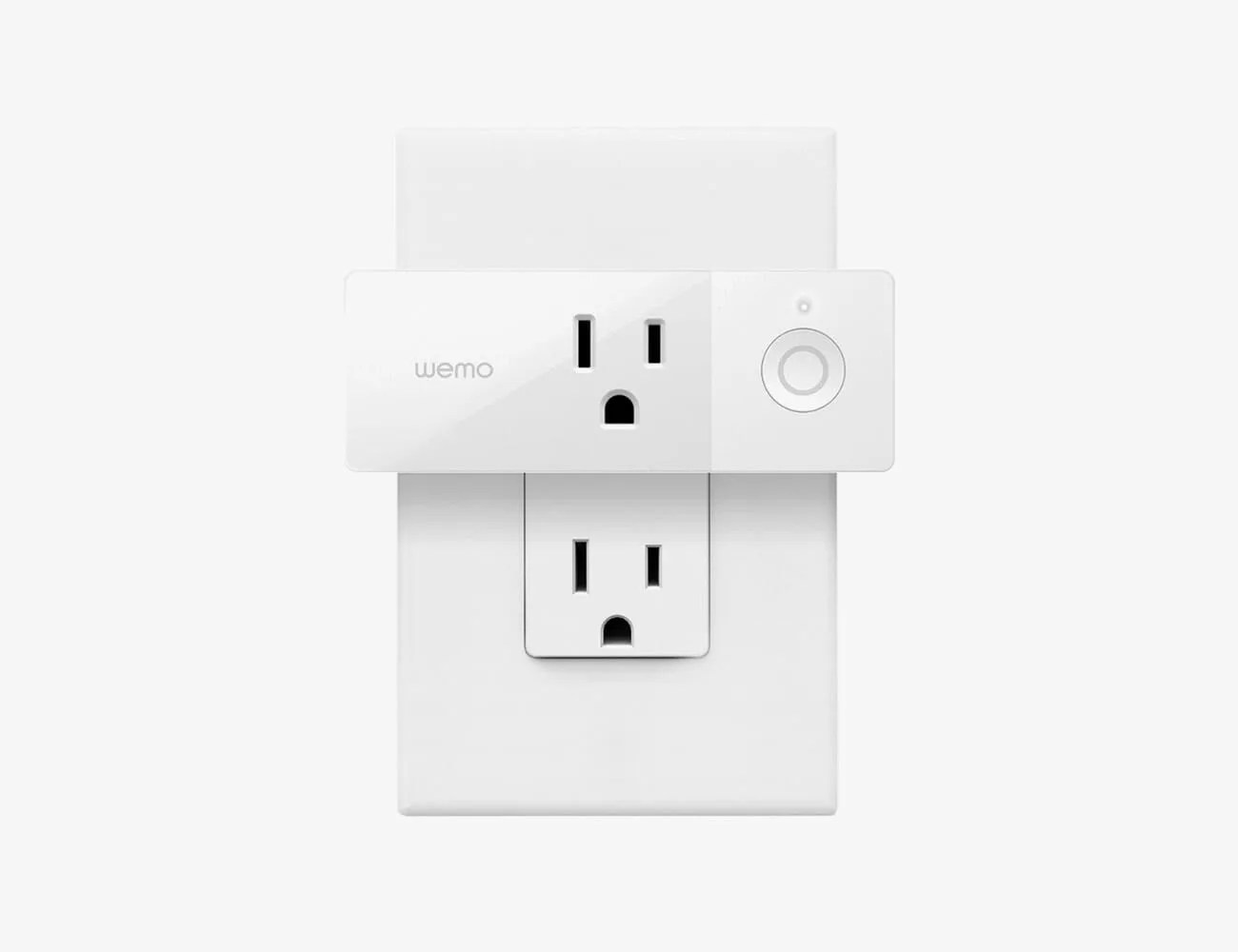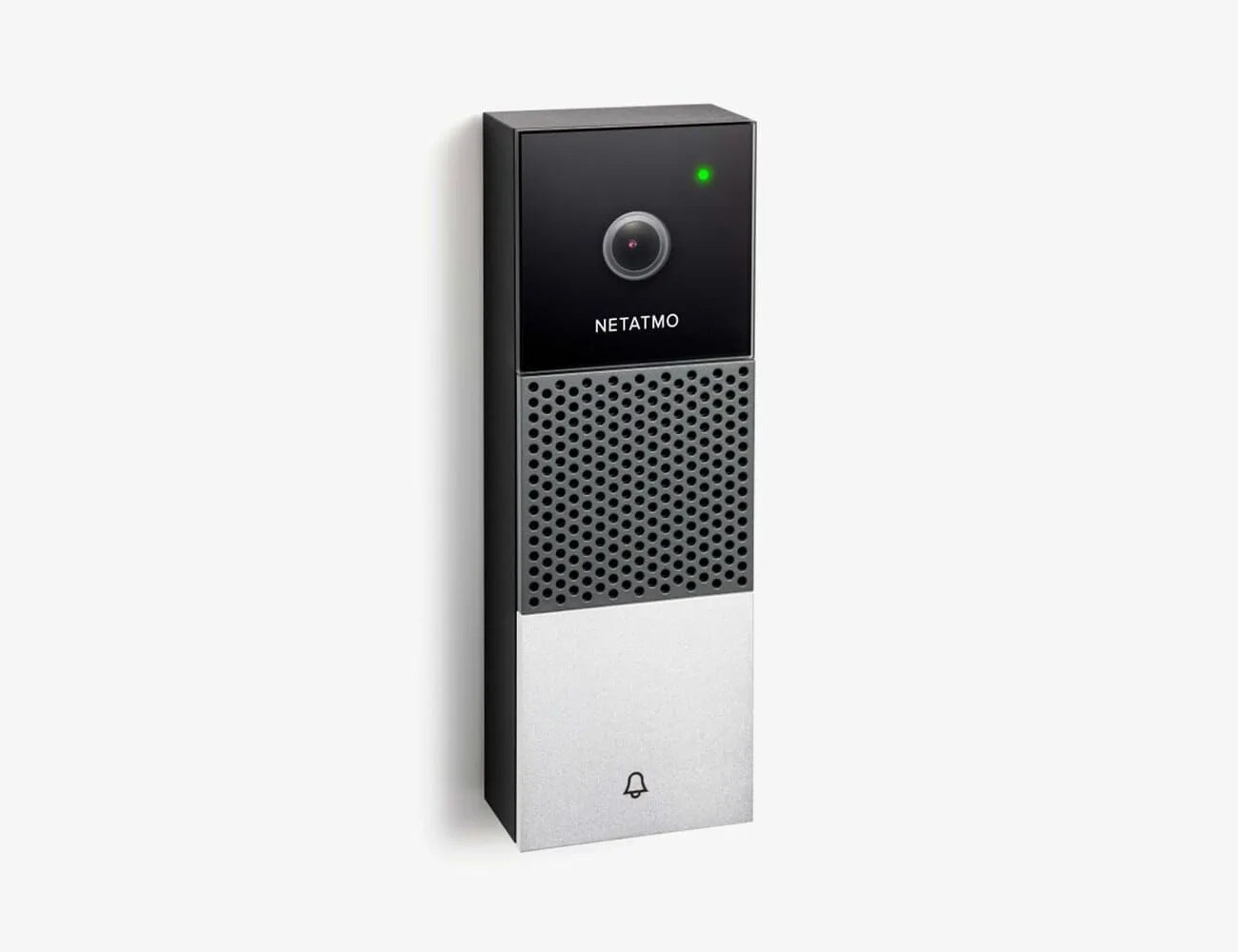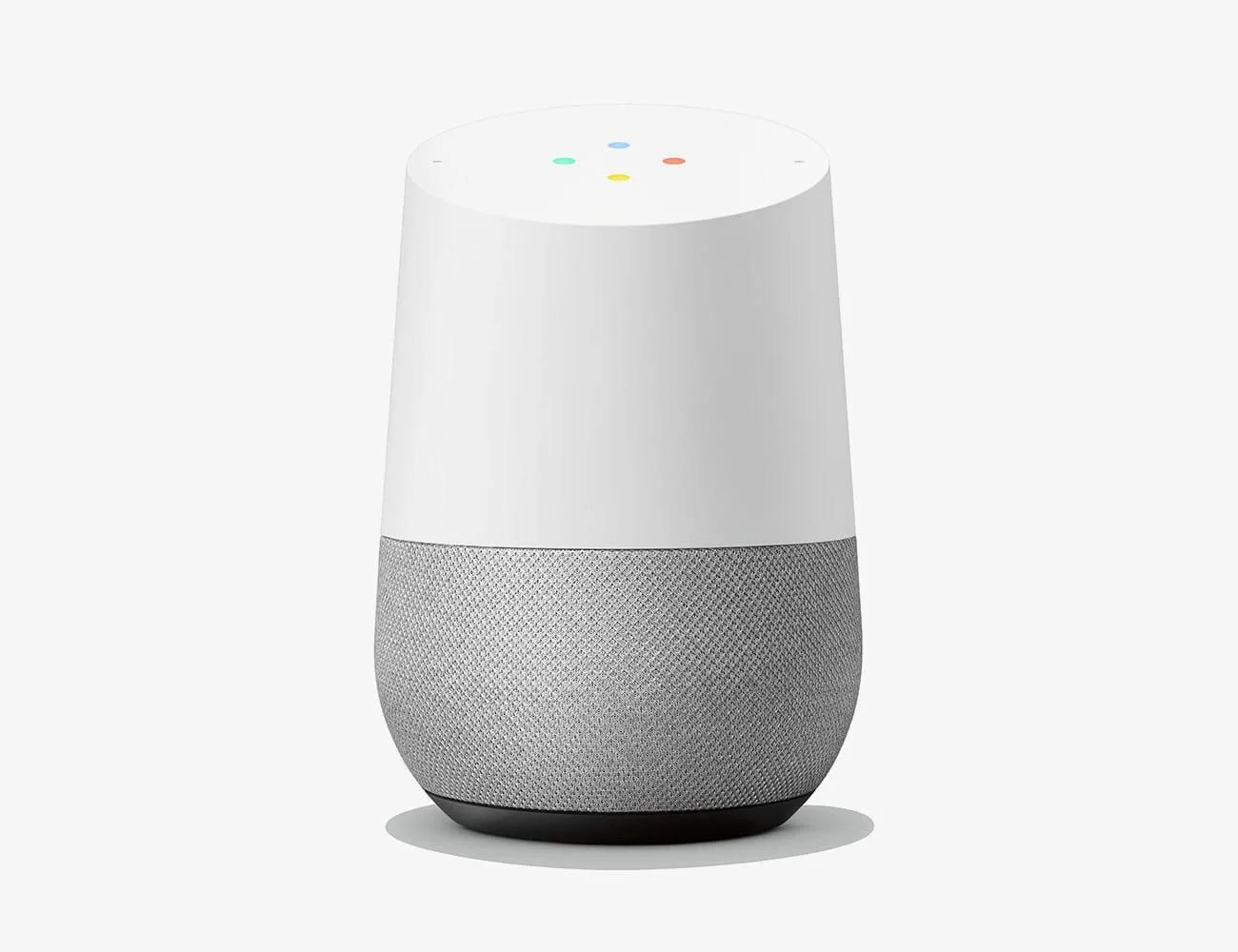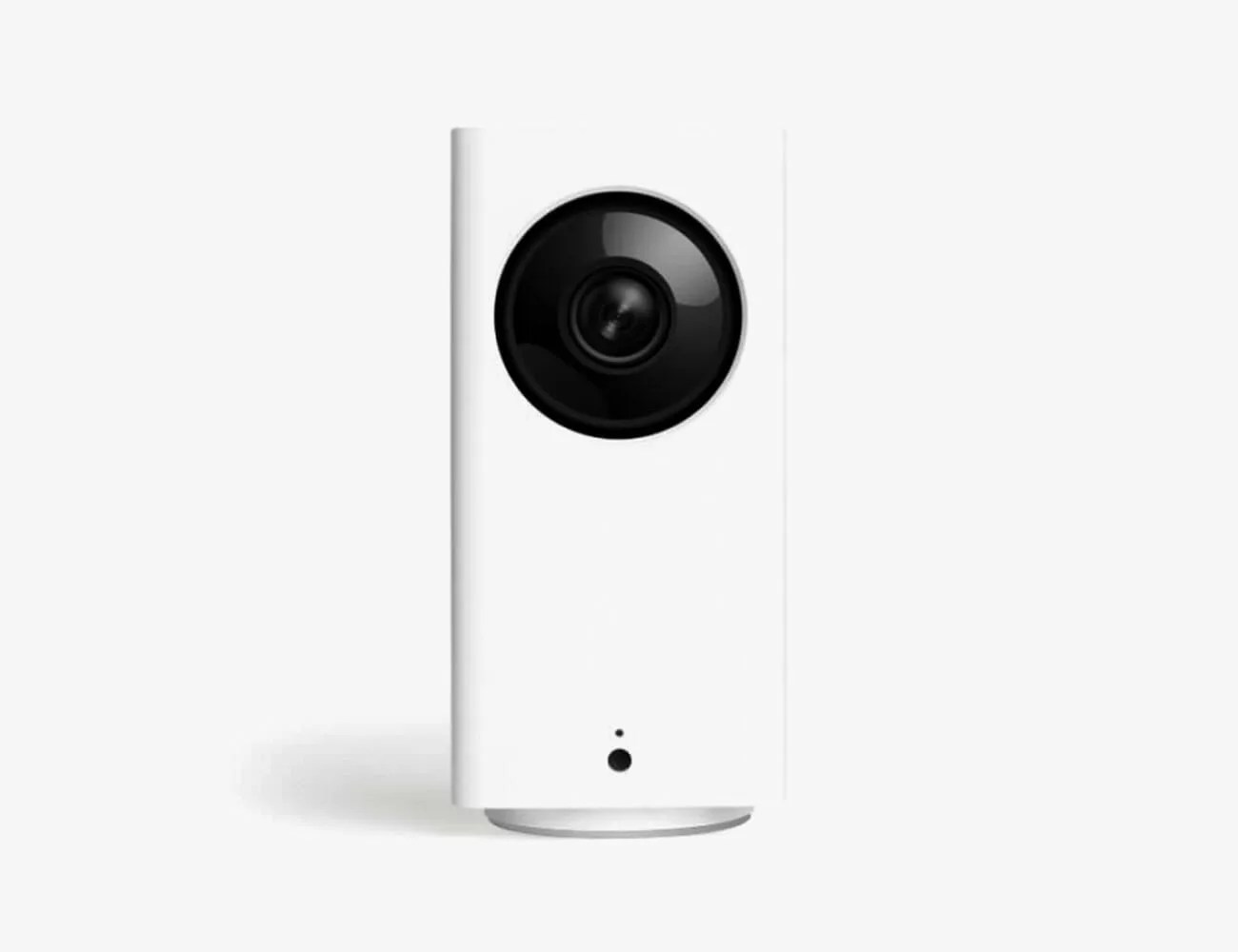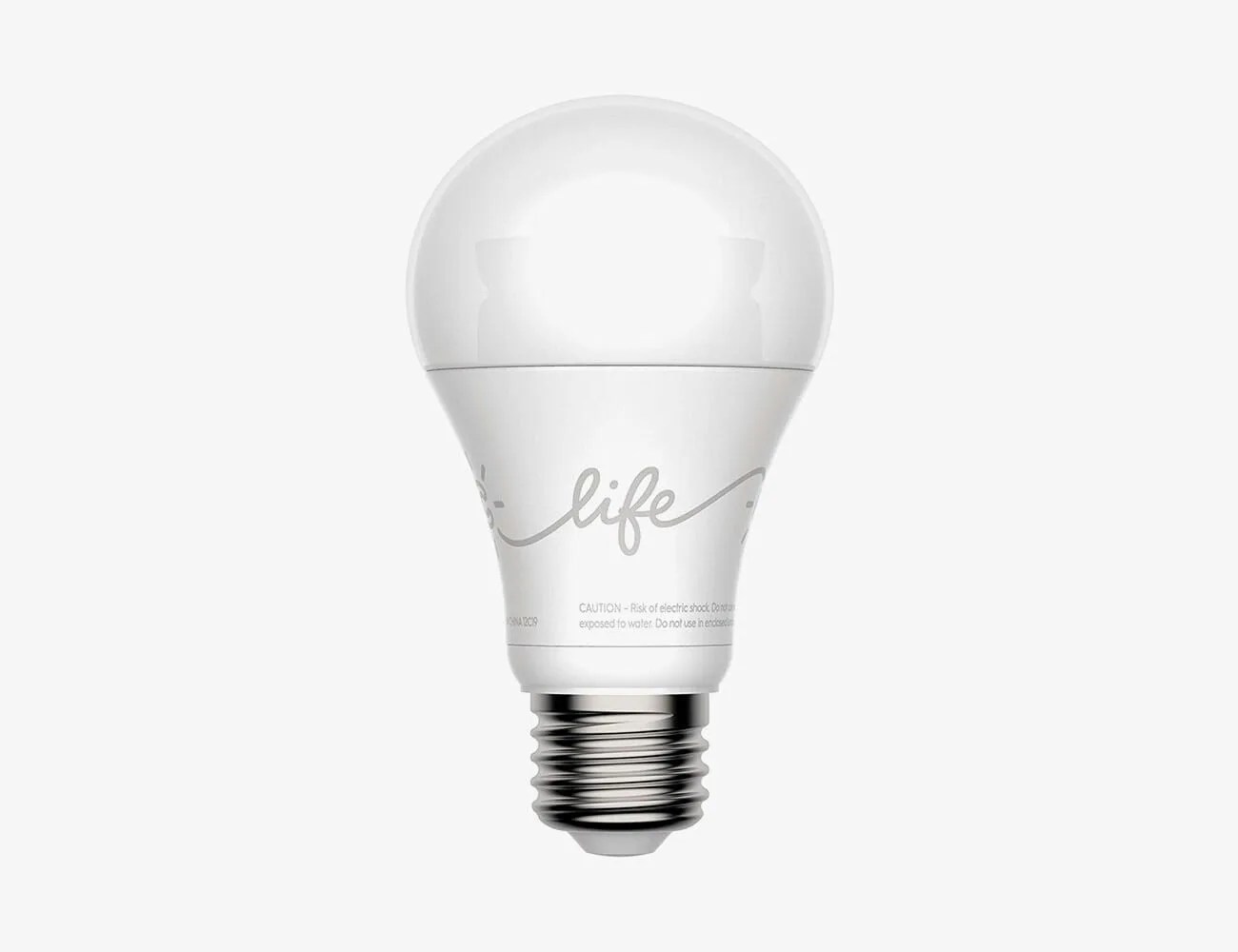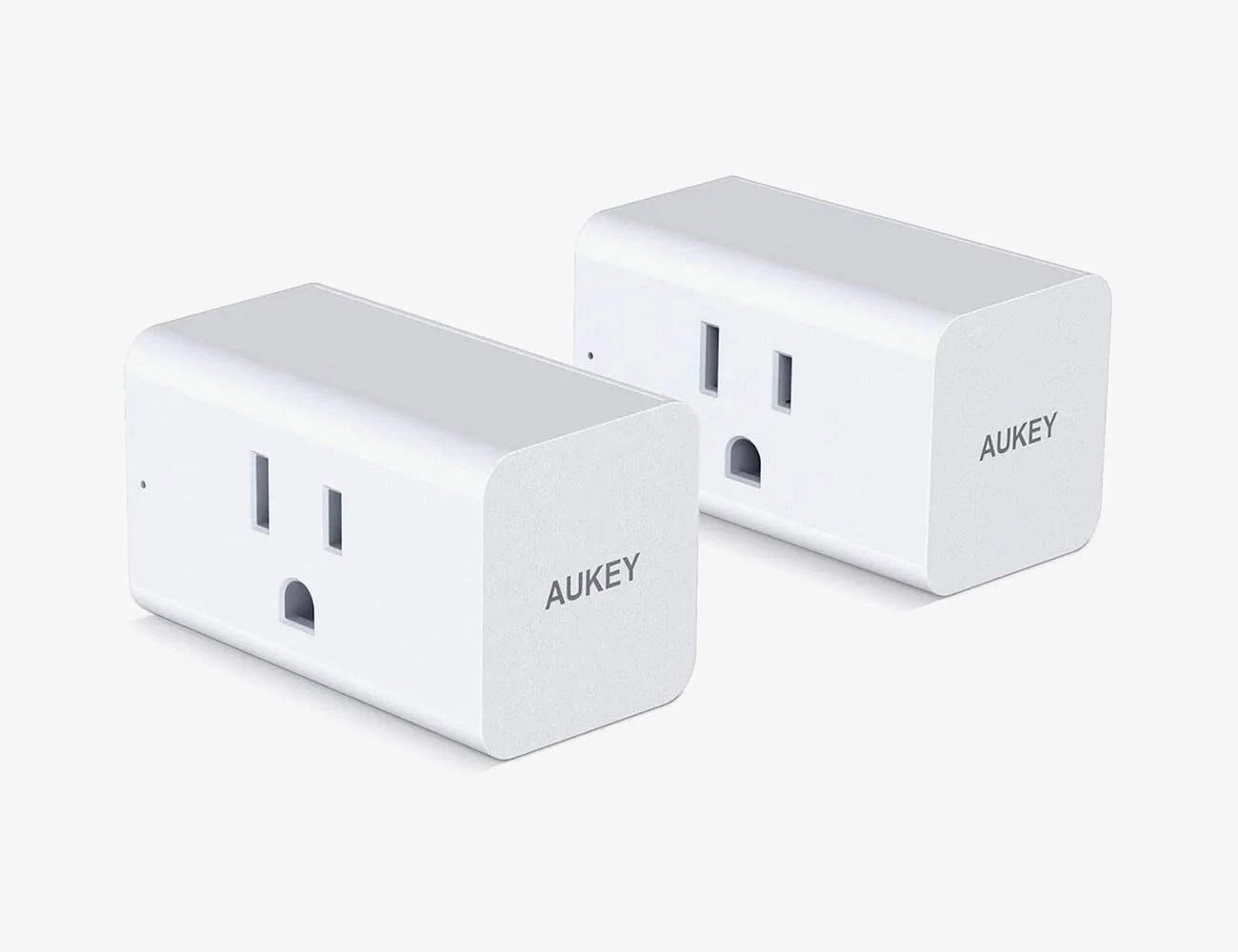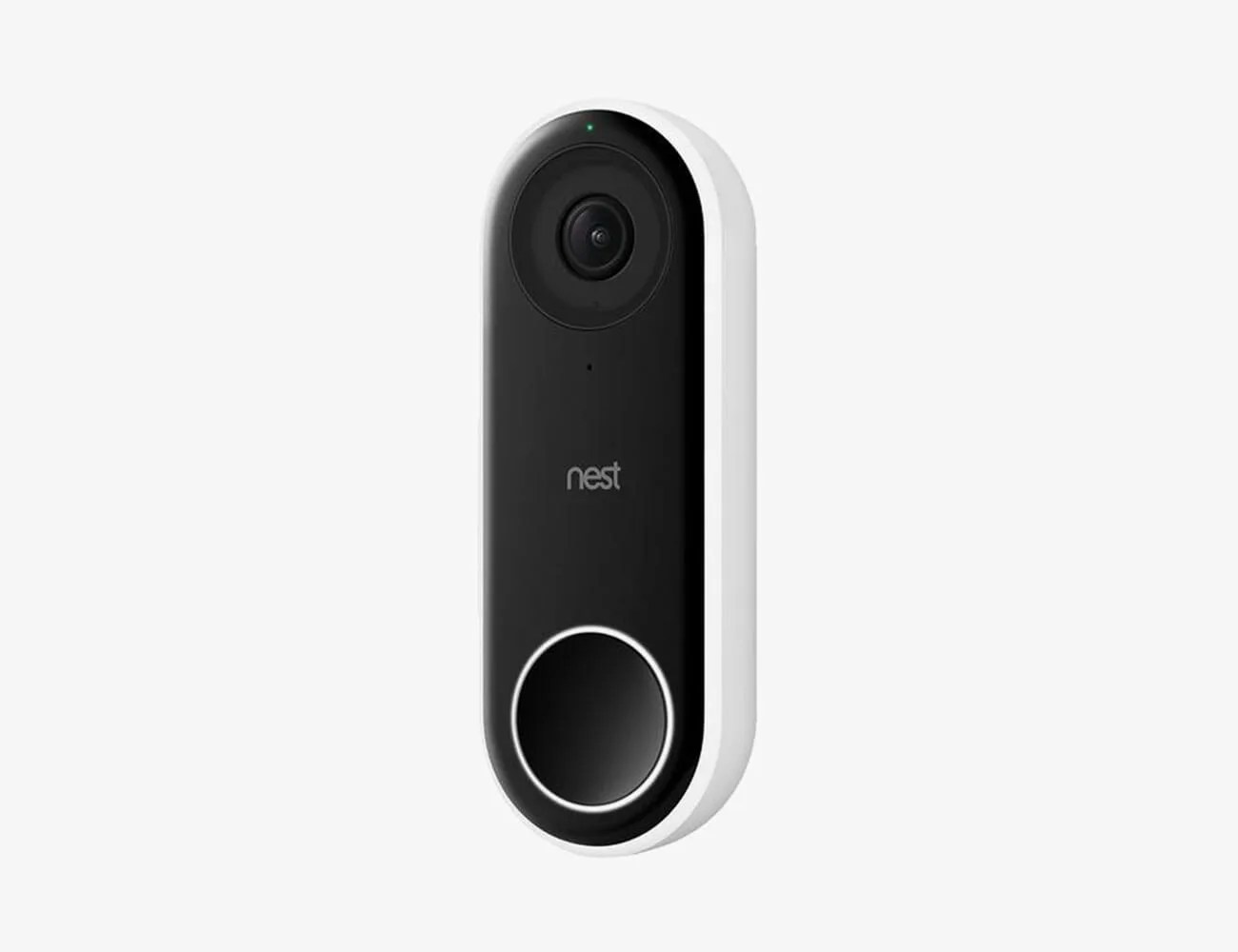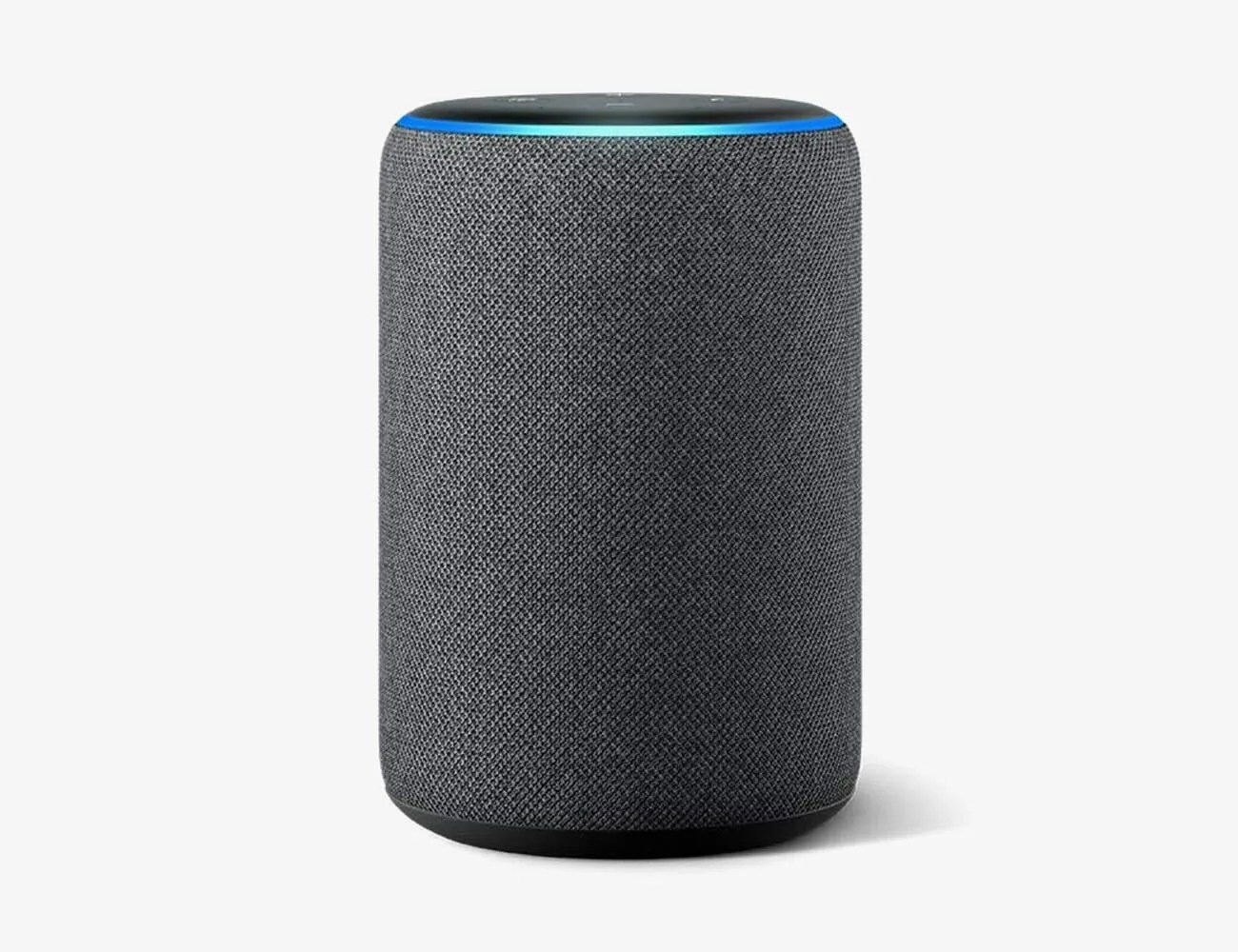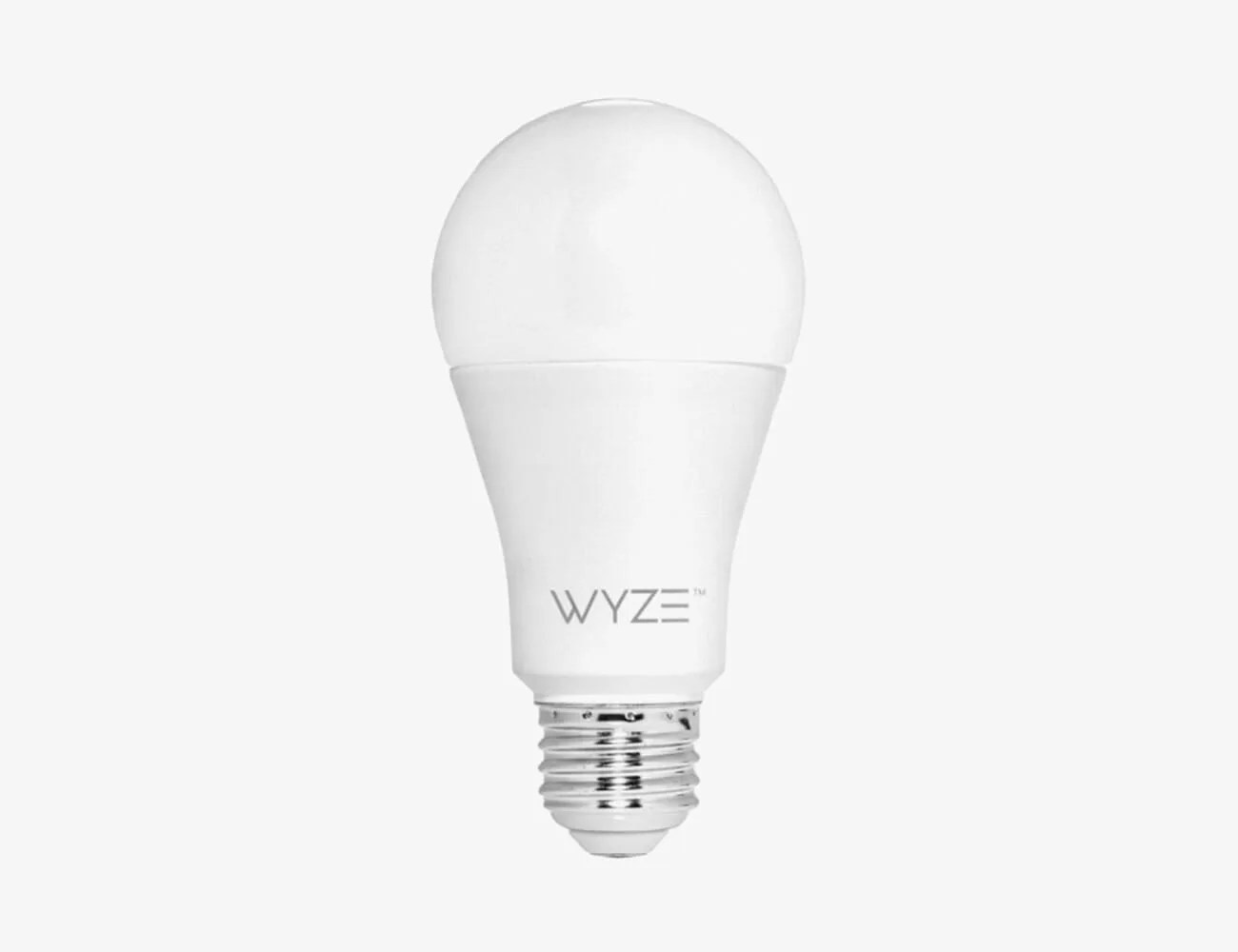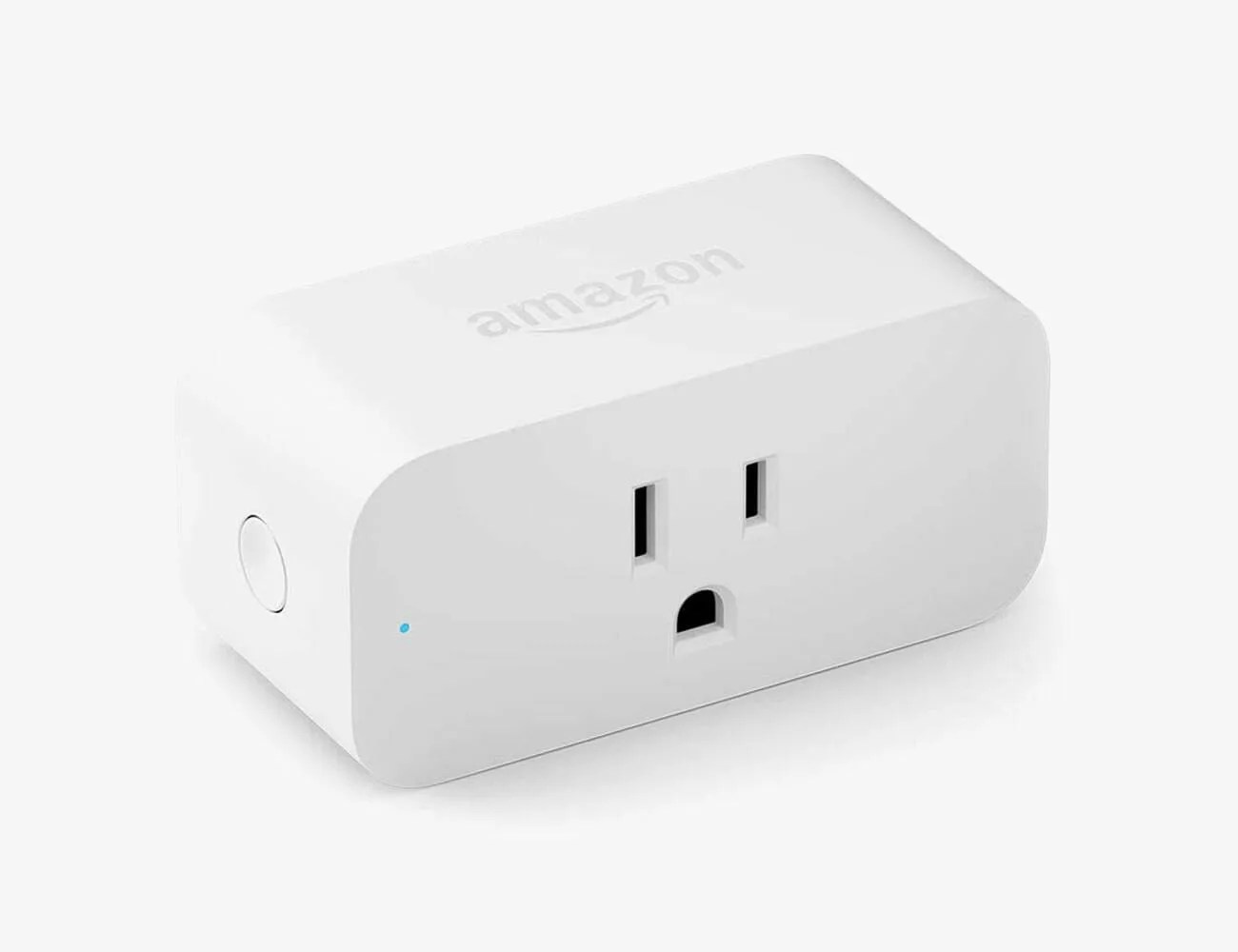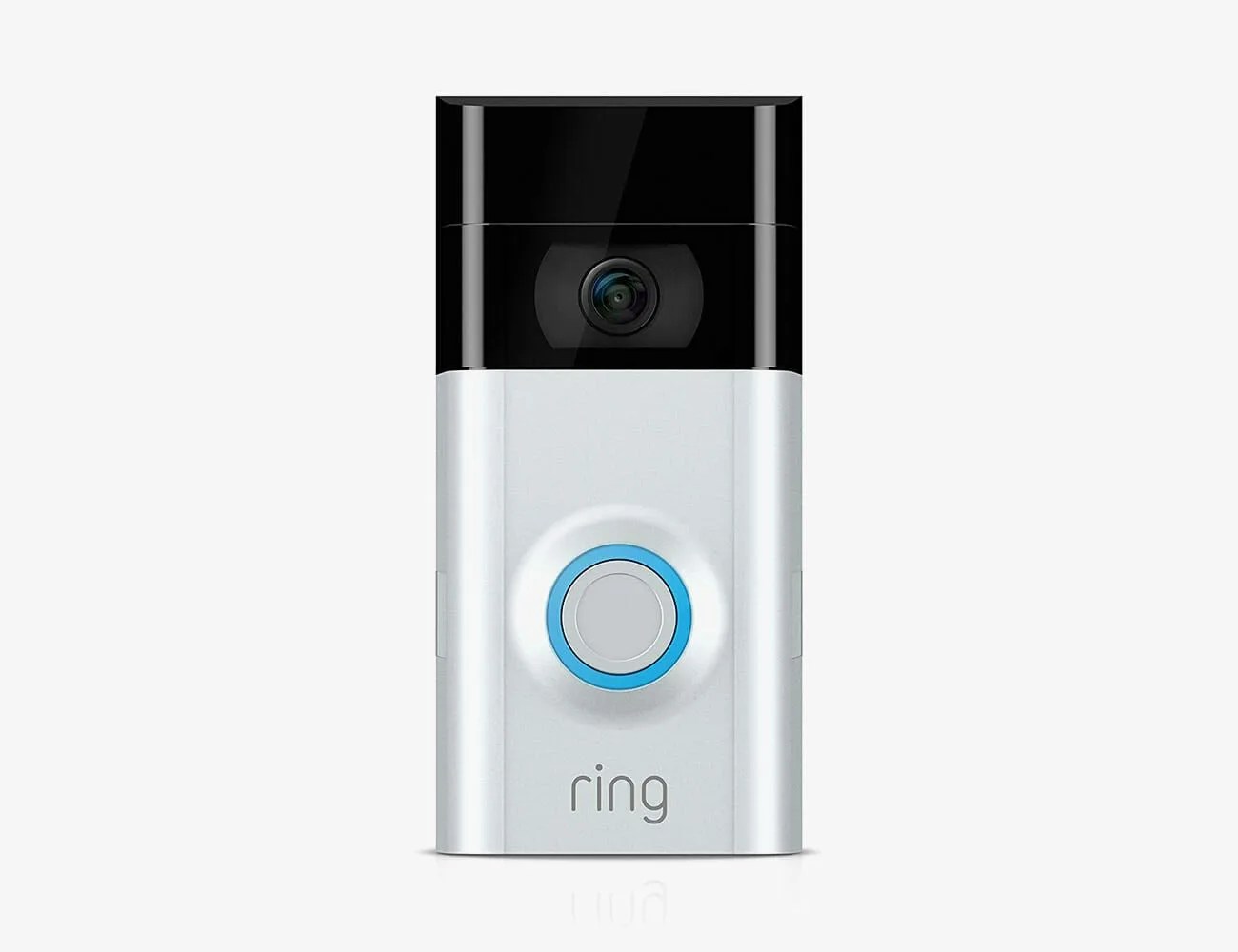So you want to build an entry-level smart home and you don’t want it to cost a fortune. Good news: that’s totally possible. The first thing you want to do is decide whether you want to have an Apple, Amazon or Google smart home — Siri, Alexa or Google Assistant?
There’s a good chance you already own a smart speaker. Roughly 25-percent of US households already do. If not, you’re probably already comfortable talking to a virtual assistant, so when it comes to deciding between Apple, Amazon or Google, there is probably already a way you are leaning. If not, then you’ve got the chance to make a big choice before you get started. Here are the reasons to choose Apple, Amazon, or Google, and the best entry-level devices to get you off the ground.
The Apple Smart Home
Apple’s smart home ecosystem has some pretty pronounced pros and cons. On the plus side, the HomePod and its assorted gadgets are uniquely suited to work well with other Apple products and services like your iPhone and Apple Music. Apple is also very committed to privacy in ways that its harder for data-slurping companies like Amazon and Google to be, even despite their promises. But Apple’s hardware is also on the more expensive side, and you basically need an iPhone to get the most out of the setup. All that said, Apple is a great choice for iOS die-hards, go figure.
The Smart Speaker: Apple HomePod
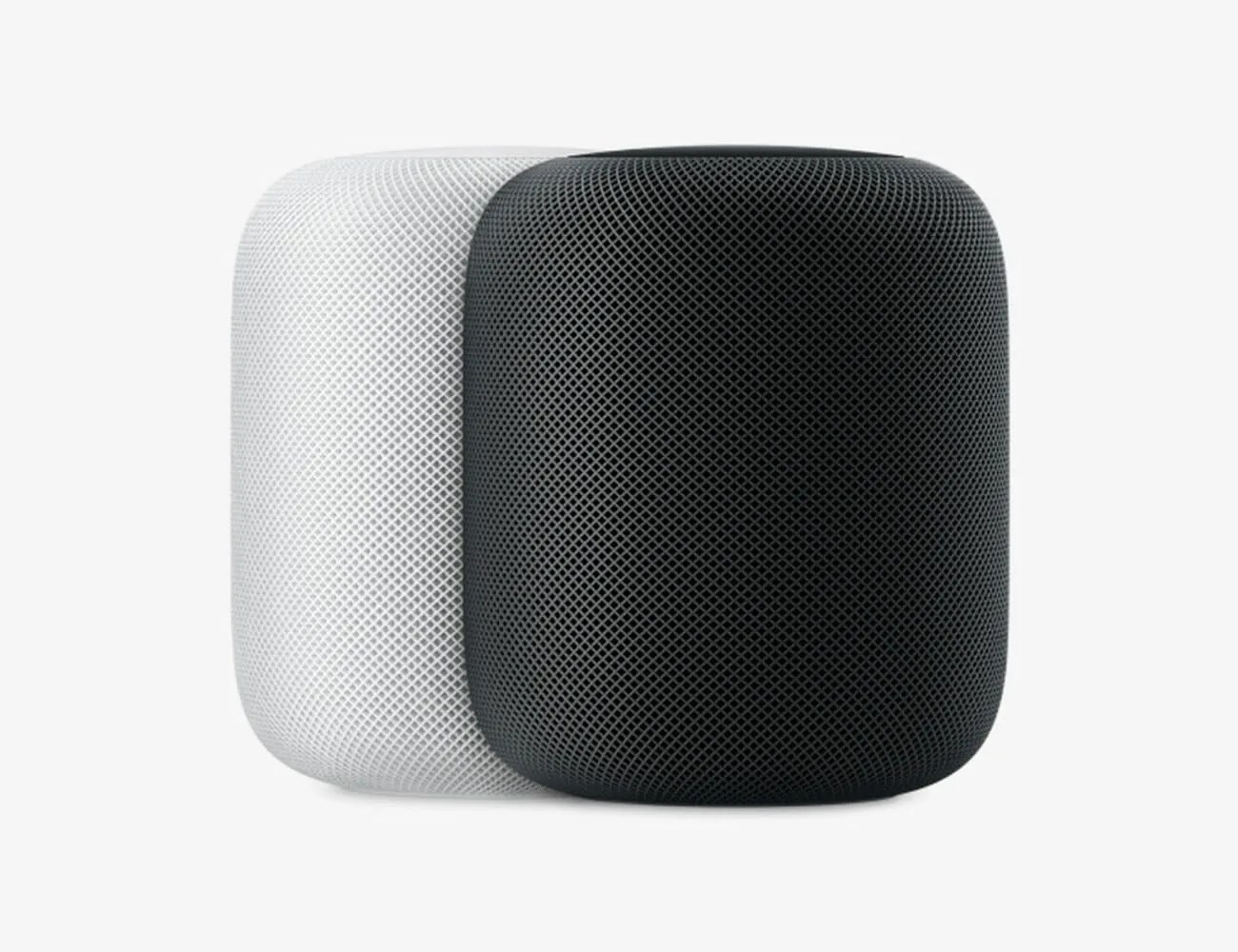 Apple
AppleThe HomePod is still one of the best-sounding smart speakers you can buy. Apple was one of the first companies to bake an autotuning feature into a smart speaker; no matter where you place it, the HomePod will adjust its EQ settings so that it sounds the best that it can. The big catch with the HomePod is that in order to use one to its full potential, you really need to have an iPhone and be a subscriber to Apple Music. This is because the HomePod has some pretty neat iPhone-centric features that no other smart speaker has; you can send iMessages, make calls, handoff audio to and from the HomePod, and listen to voicemails, all with “Hey Siri” voice commands. And you need to be an Apple Music subscriber to summon music with your voice.
